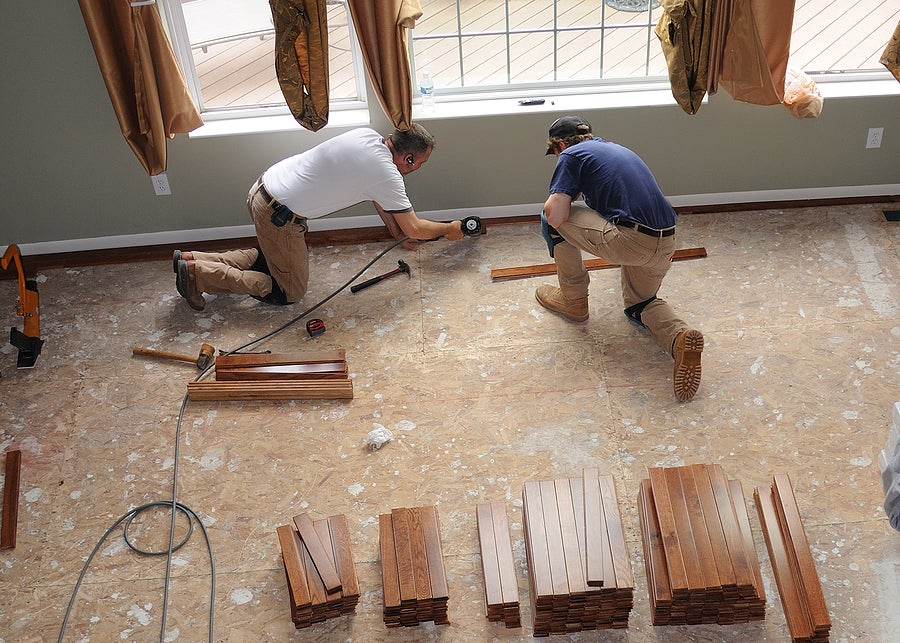A DIY home remodel can be a rewarding experience that saves you money on labor. However, many localities require permits for major home improvements, and it is important to know the codes before beginning a project. Contact the local authority or a contractor for assistance. You should also make sure to have all the necessary tools and materials. The costs involved in DIY home Remodeling can vary depending on the size of the project, and the skills and knowledge you have.
Cost of DIY home Remodeling
The costs of a DIY home Remodeling project can be as high as tens of thousands of dollars. However, home values are on the rise, making renovations more affordable for most people. Homeowners use home equity loans to fund their projects, which can make the entire process cheaper. Another reason for the rising cost of renovations is the labor shortage. Some contractors charge anywhere from $30 to $125 per hour, which can add up to hundreds of thousands of dollars. DIY home Remodeling projects can save you a significant amount of money and give you flexibility in scheduling.
The most important part of any renovation project is budgeting. It’s important to take into account all costs, including “unseen” costs. Typically, labor is the biggest expense. Different types of labor cost different amounts, including electrical and plumbing work. Some contractors recommend certain subcontractors, but you can also shop around for a better price on your own. You can also save money by avoiding contractor upsells.
Time required to complete a project
A DIY home Remodeling project can range in time from a few weeks to several months, depending on the size of the project and the scope of the work. While a complete kitchen renovation may take a few weeks, adding a new fireplace or garage can take several months. Even a simple cosmetic makeover, like changing a sink and replacing the flooring, can take months. For these reasons, it is important to plan your schedule accordingly.
The first step in a DIY home Remodeling is to set a budget and goals for the project. Once you have outlined these, it is time to hire a contractor. It is a good idea to speak with several contractors before deciding on one. You want someone who is qualified and whose work you are comfortable with. Then you can hire the contractor who will best meet your expectations. The time required to complete a DIY home Remodeling depends on the scale of the project and the number of contractors involved.
Requirements for DIY home Remodeling
If you are planning to undertake a DIY home Remodeling, it is essential to understand the necessary approvals. Before you start your project, you must first have a budget. You should also ensure that the total cost of the project does not exceed this figure. If you plan to carry out home renovations on your own, it is essential to learn all the necessary information regarding permits and approvals. You can also use a checklist to make your job easier.
Generally, most people find it difficult to pay for a complete renovation all at once, so they opt for DIY projects that are easy to do. A DIY home remodel may not require extensive renovation, and it can even save you a great deal of money. You need to first decide which parts of the project you can do on your own. A DIY home remodel may involve some minor demolition tasks, such as painting the dining room or installing baseboards. However, more difficult projects, such as demolition, may require the services of professionals.
Problems with DIY home Remodeling
Many people think they can handle a minor home remodeling project themselves, but if it involves a major renovation, it may be best to call in the pros. While DIY home Remodeling can be fun and cost-effective, it is important to plan ahead for any major project. This includes setting a budget and determining a realistic timeline. If you have a tight schedule, consulting a contractor may save you a lot of time.
One common mistake that people make when trying to complete a home improvement project is adding on too much, or too little. When doing this, homeowners often don’t take into account setback requirements. As a result, the addition does not meet setback requirements and the home owner must demolish the entire structure, costing him several thousands of dollars. While home improvement projects may seem like a fun way to spend weekends, they can cause unforeseen complications and costs.
